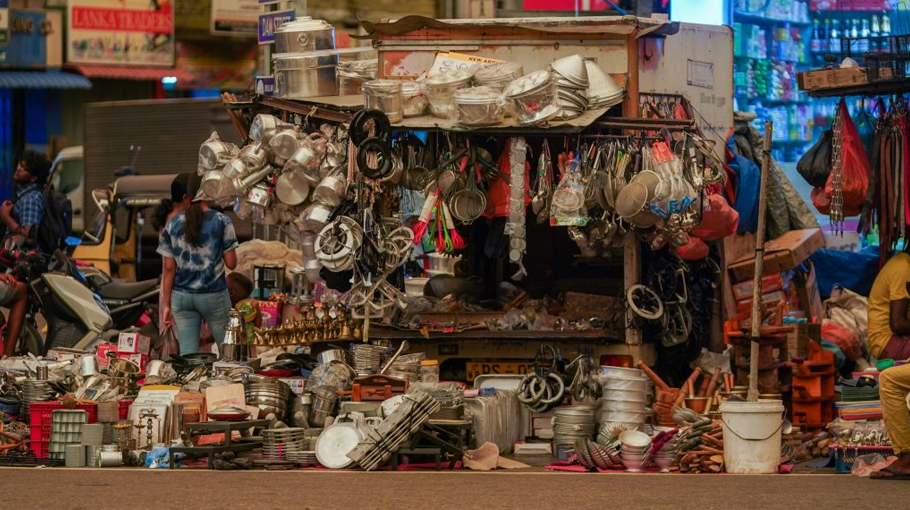Sri Lanka stuck in choppy political and economic waters

In 2023, Sri Lanka faced a complex interplay of economic and political challenges. Although fuel and food queues have disappeared, the dire impact of the economic crisis was inescapable.
Sri Lanka’s economic outlook was initially grim, with a 3.1 per cent GDP contraction in the second quarter of 2023 and a projected 2 per cent shrinkage for the year. The first quarter saw an alarming 11.5 per cent contraction, highlighting the severity of the crisis. Despite a peak inflation rate of 70 per cent in September, it dropped to 3.4 per cent in November due to subdued demand, offering temporary relief for poorer households
The World Bank later revised its forecasts, noting Sri Lanka’s progress in reducing inflation and benefits accruing from tourism revenue and currency appreciation. The Bank now expects a 1.7 per cent economic expansion in 2024, up from its earlier 1 per cent forecast. In the last six months of 2023, Sri Lanka experienced reduced inflation, a 12 per cent currency appreciation, improved foreign reserves and increased remittances.
The expansion of agricultural activities also improved in the second quarter of the year — a much-needed development after the Rajapaksa regime’s disastrous organic fertiliser policy which badly affected the sector. Despite optimism, the overall economic outlook remains uncertain with significant downside risks.
The fiscal path is a critical focus, with the World Bank underscoring the importance of revenue mobilisation to achieve a sustainable trajectory. The International Monetary Fund’s (IMF) involvement and policy responses signalled a commitment to stabilising the economy, but with tremendous pains for the populace. Already unpopular President Ranil Wickremesinghe had to bite the bullet by implementing harsh policy measures.
In October, Colombo announced another rise to the already increased value added tax in the previous year, bringing it up to 18 per cent from 1 January. According to Prime Minister Dinesh Gunawardena, raising taxes is imperative to unblock the next instalment of the IMF’s loan. Energy Minister Kanchana Wijesekera also announced a rise in electricity tariffs. The parliament’s anti-corruption bill — a requirement tied to the US$2.9 billion IMF bailout plan — was the only unanimous measure.
The IMF’s rescue package hinged on the outcome of international debt restructuring agreements involving Sri Lanka, China and other lenders. The deal with China, though shrouded in mystery, marked a crucial point for continued IMF assistance to Sri Lanka. Recent Chinese economic activities in Colombo, such as Sinopec securing a licence for a US$4.5 billion refinery and operating rights for 150 petrol stations, have been interpreted as potential negotiation outcomes.
President Wickremesinghe also began to actively seek external partnerships to bolster the economy. Sri Lanka’s application to join the Regional Comprehensive Economic Partnership, the world’s largest trading bloc, was one important step in the right direction. Sri Lanka also aimed to tap into new trade and supply chain opportunities by reviving trade talks with Thailand, India and China.
In November, Sri Lanka welcomed a US$553 million project announced by the United States and India’s Adani Group to build a deep-water shipping container terminal in Colombo Port.
Shyamika Jayasundara-Smits is Assistant Professor in conflict and peace studies at the International Institute of Social Studies (ISS), Erasmus University Rotterdam.
Source: East Asia Forum


